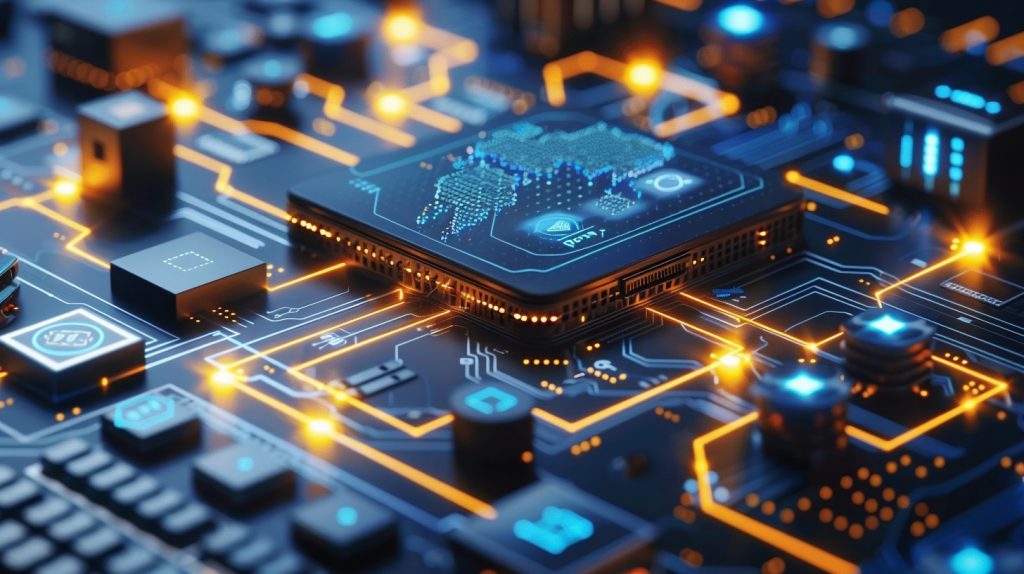In today’s fast-paced and technologically developed world, the role of Information Technology (IT) in employee monitoring systems has become increasingly important. Employee monitoring systems have become crucial for organizations to ensure productivity, compliance, and security.
With the help of IT, organizations can effectively track and manage employee activities, increase efficiency, and prevent unauthorized access to sensitive information. The article considers some of the key advantages of monitoring systems and explores why such technologies are in demand now.
Security Measures
It recreates a pivotal function in ensuring the security of employee monitoring systems. With rising cyber threats and data breaches, companies should enforce robust security standards to protect exposed information collected through monitoring systems. IT professionals are responsible for implementing encryption protocols, data access controls, and other security measures to prevent unauthorized access to employee data.
Data Gathering
One of the key roles of IT in employee monitoring systems is implementing and developing Employee Monitoring Software that collects data on employee activities. The applications can track various metrics such as time spent on certain tasks, websites visited, emails sent and received, and applications used. By analyzing this data, organizations can gain insights into employee behavior, make informed decisions about resource allocation, and identify areas for improvement.
Remote Employee Tracking
It enables organizations to monitor employee activities in real-time through remote monitoring tools. Remote monitoring tools allow managers to track employee activities, productivity, and performance anywhere. This level of visibility enables companies to identify and address issues promptly, provide timely feedback to employees, and ensure that work is completed on time.

Integration of IT Tools with other IT Systems
Another crucial role of IT in employee monitoring systems is integrating monitoring tools with other IT systems within the organization. Institutions can streamline data array, analysis, and reporting processes by integrating employee monitoring systems with HR, payroll, and performance management systems. This integration allows organizations to facilitate data-driven decision-making, create a comprehensive view of employee performance, and automate reporting.
Compliance with Organisation Policy
It is critical to ensure compliance with employee monitoring laws and regulations. In many jurisdictions, strict regulations govern employee data collection, storage, and use. IT professionals are responsible for ensuring that employee monitoring systems comply with these regulations, protect employee privacy, and secure sensitive information. Organizations can build trust with employees and avoid legal repercussions by implementing appropriate data protection measures and privacy controls.
Conclusion
The role of IT in employee monitoring systems is essential for organizations to enhance productivity, ensure compliance, and protect sensitive information.
It enables companies to develop and implement monitoring tools, ensure employee data security, monitor employee activities in real-time, integrate monitoring systems with other IT strategies, and assure adherence to laws and regulations. By leveraging the power of IT, organizations can effectively track and manage employee activities, achieve their business objectives, and improve performance.

